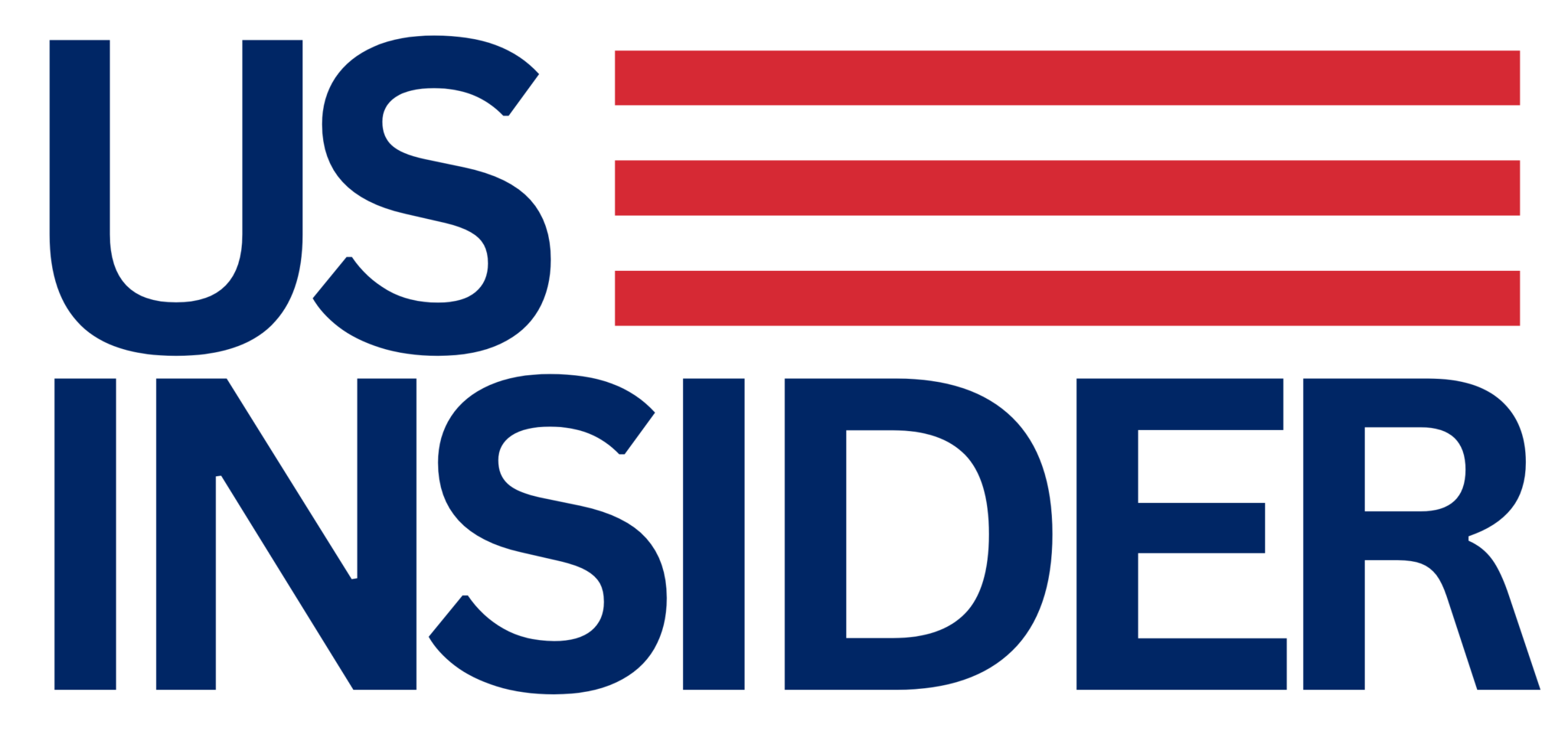The dress code in the workplace is a topic that often sparks debate among employers, employees, and human resources professionals. Striking the right balance between professionalism and individual expression can be challenging, leading to questions about how strict dress codes should be enforced. In this article, we delve into the nuances of workplace dress codes, exploring the factors that influence their implementation and the potential impact on organizational culture and employee morale.
Understanding Workplace Dress Codes
1. The Purpose of Dress Codes
Workplace dress codes serve several purposes, including:
- Professionalism: Dress codes help maintain a professional image for the organization and its employees.
- Safety: In certain industries, dress codes may include safety gear to protect employees from hazards.
- Customer Perception: Dress codes can influence how customers perceive a business and its employees.
- Cultural Norms: Dress codes may align with cultural norms and expectations, both within the organization and in society at large.
2. Factors Influencing Dress Codes
Several factors can influence the strictness of dress codes in the workplace, including:
- Industry Standards: Some industries, such as finance and law, have traditionally conservative dress codes, while others, like tech and creative fields, may have more relaxed standards.
- Organizational Culture: The culture and values of the organization play a significant role in determining the dress code. Companies with a more formal culture may enforce stricter dress codes, while those with a more casual culture may allow for greater flexibility.
- Customer-Facing Roles: Employees who interact directly with customers or clients may be required to adhere to a more formal dress code to maintain a professional image.
- Geographic Location: Dress codes may vary based on geographic location, with regional norms and climate influencing attire choices.
Finding the Right Balance
1. Flexibility vs. Uniformity
One of the key considerations in establishing a workplace dress code is finding the right balance between flexibility and uniformity. While some level of consistency is necessary to maintain a professional image, overly strict dress codes may stifle individuality and creativity among employees. Employers should consider allowing for some flexibility within the dress code to accommodate diverse preferences and cultural backgrounds.
2. Employee Morale and Productivity
Research suggests that overly strict dress codes can have a negative impact on employee morale and productivity. Employees who feel comfortable and confident in their attire are likely to perform better and feel more engaged at work. By allowing employees to express themselves through their clothing choices, employers can foster a more positive and inclusive work environment.
3. Clear Communication and Enforcement
Regardless of the level of strictness, clear communication and consistent enforcement of the dress code are essential. Employers should clearly outline the expectations for attire in the workplace and provide guidance on what is appropriate and what is not. Additionally, managers should lead by example and adhere to the dress code themselves to reinforce its importance.
A Better Environment for All
In conclusion, the question of how strict dress codes should be in the workplace is complex and multifaceted. While dress codes serve important purposes such as professionalism and safety, employers must also consider the impact on employee morale, productivity, and organizational culture. By finding the right balance between flexibility and uniformity, and by clearly communicating and enforcing the dress code, employers can create a work environment where employees feel comfortable, confident, and valued.






